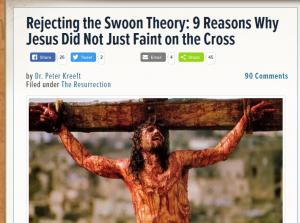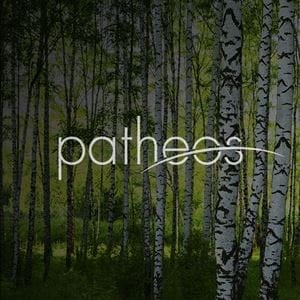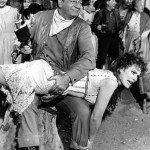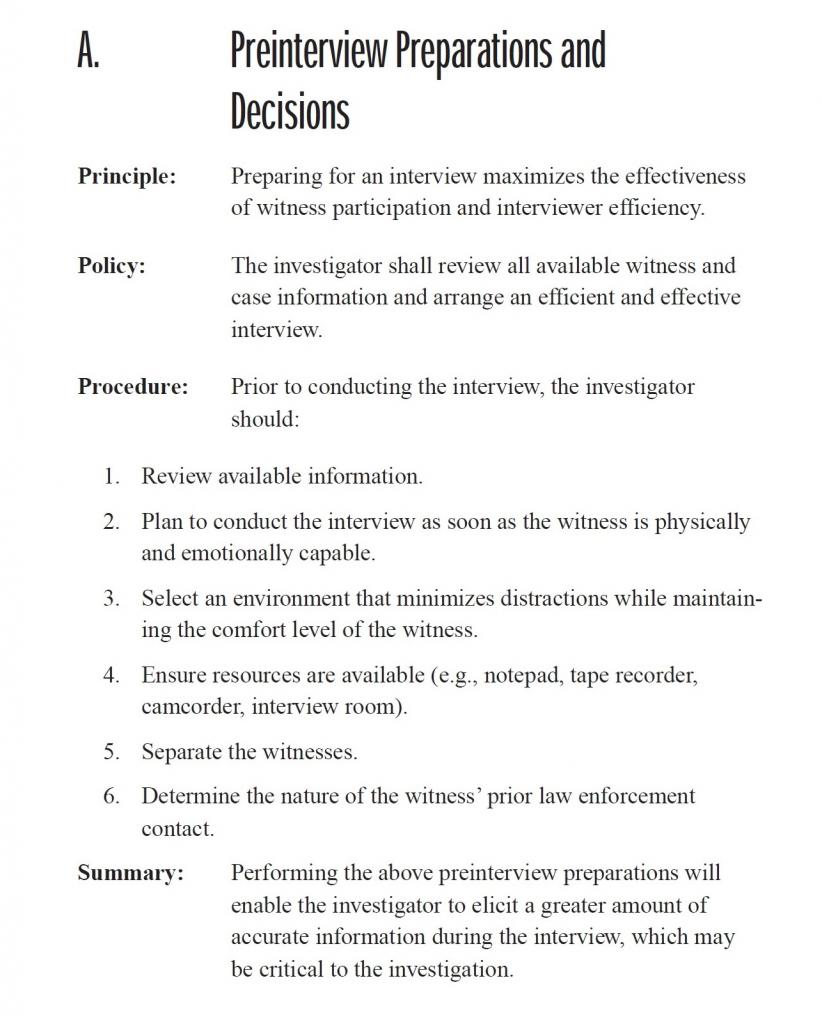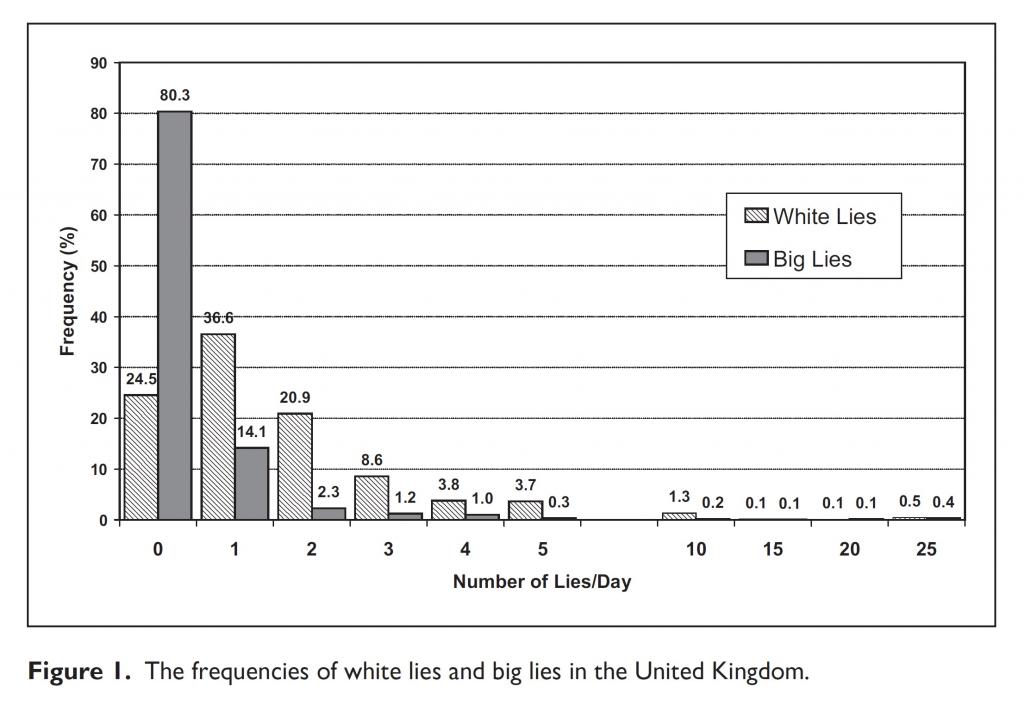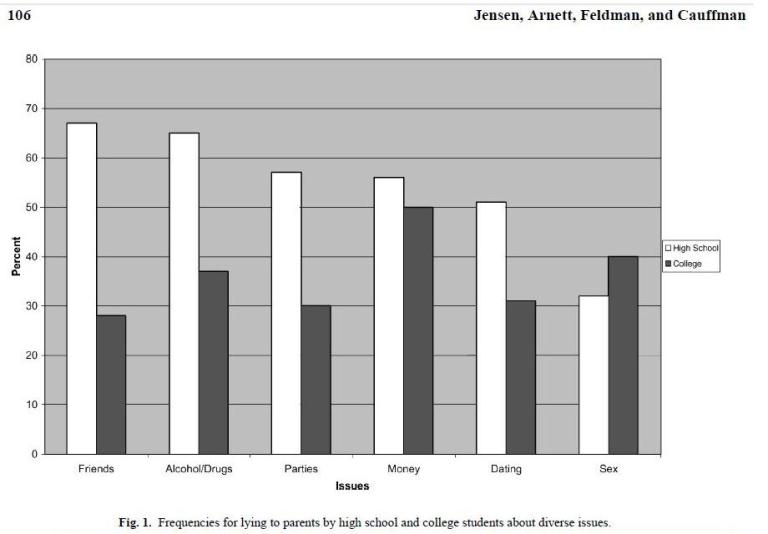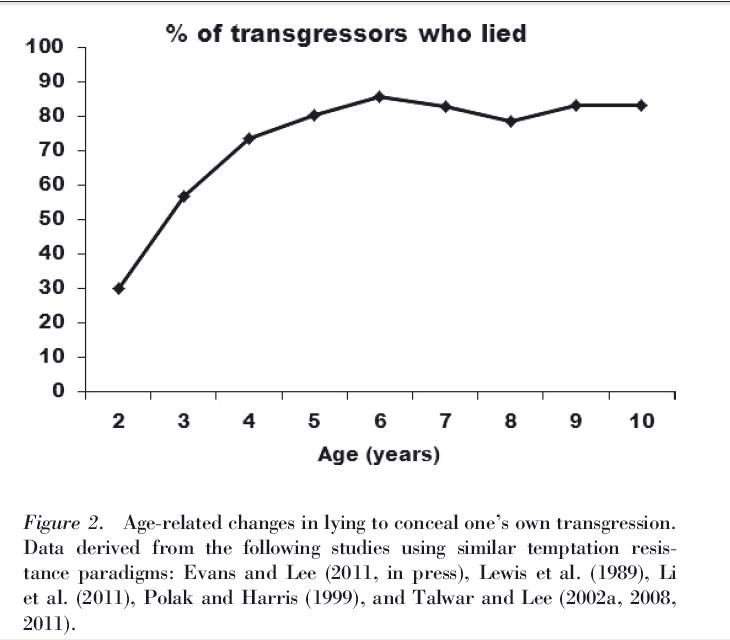In Chapter 8 of his Handbook of Christian Apologetics (co-authored with Ronald Tacelli), Peter Kreeft attempts to disprove the Swoon Theory as part of an elimination-of-alternatives argument for the resurrection of Jesus. Kreeft thinks that by disproving four skeptical theories, he can show that the Christian theory is true, that Jesus actually rose from the dead.
Kreeft believes there are only five possible theories about the alleged resurrection of Jesus, and the Swoon Theory is one of those theories:
In order to prove the Christian view that Jesus actually rose from the dead, Kreeft attempts to disprove these four skeptical theories: Hallucination, Myth, Conspiracy, and Swoon.
In another series of posts I have argued that Kreeft’s attempt to disprove the Conspiracy Theory was a miserable FAILURE.
I plan in future posts to defend the Swoon Theory against the nine objections that Kreeft puts forward in Chapter 8 of Handbook of Christian Apologetics. Kreeft’s nine objections to the Swoon Theory can also be found in an online article at the Strange Notions website.
WHAT IS THE SWOON THEORY?
Kreeft provides a very brief characterization of the swoon theory:
…we’ll examine what’s often called the “swoon theory,” which suggests that Jesus never really died on the cross—he simply fainted, or swooned, and was presumed dead.
However, this definition will NOT work, at least not if Kreeft wants his case for the resurrection to have any hope of being successful! But I am getting ahead of myself. Let’s walk through the basic elements of the Swoon Theory.
The Swoon Theory accepts some key parts of the Christian story about the alleged death and resurrection of Jesus:
(JWC) Jesus of Nazareth was crucified in Jerusalem around 30 CE.
But there is an important part of the Christian story about Jesus that is rejected by the Swoon Theory:
(DOC) Jesus of Nazareth died on the cross the same day that he was crucified.
Instead of (DOC), proponents of the Swoon Theory assert the following alternative view:
(JAR) Jesus of Nazareth was still alive when he was removed from the cross, and he survived for at least a few days or a few weeks after he was removed from the cross.
Now this alternative view raises an immediate challenging question:
Why would the Roman soldiers who crucified Jesus allow Jesus to be removed from the cross while he was still alive?
The “standard” skeptical response to this question asserts a specific explanation for this alleged behavior of the Roman soldiers:
(JAD) Jesus had swooned (or was unconscious) and he appeared to be dead, so the Roman soldiers mistakenly believed that he was already dead, and for that reason they allowed Jesus to be removed from the cross, even though Jesus was actually still alive.
The very brief characterization of the swoon theory that Kreeft provides implies that (JAD) is a claim that constitutes a key element of the swoon theory.
But if (JAD) is considered to be an element of the swoon theory, then Kreeft’s case for the resurrection immediately FAILS.
This way of defining the swoon theory implies that there are many OTHER skeptical theories that are similar to the swoon theory but which reject (JAD). But Kreeft’s case for the resurrection of Jesus depends crucially upon his assumption that there are only FOUR skeptical theories about the alleged resurrection of Jesus (i.e. Hallucination, Myth, Conspiracy, and Swoon). In making (JAD) a key element of the Swoon Theory, Kreeft unintentionally refutes and rejects a basic premise of his own case for the resurrection of Jesus.
Here are three alternatives to (JAD), which would, if we define the Swoon Theory in terms of (JAD), mean that these possibilities represent three MORE skeptical theories in addition to the four skeptical theories (that Kreeft claims exhaust all of the skeptical possibilities):
- The Roman soldiers allowed Jesus to be removed from the cross while he was still alive because they were bribed to do so.
- The Roman soldiers allowed Jesus to be removed from the cross while he was still alive because they were threatened to make them do this.
- The Roman soldiers allowed Jesus to be removed from the cross while he was still alive because they got drunk and fell asleep.
Now we are up to SEVEN different skeptical theories, and I am just starting to get warmed up. Here are some more alternative explanations of the alleged behavior of the Roman soldiers:
- The Roman soldiers allowed Jesus to be removed from the cross while he was still alive because they were followers of Jesus and wanted to help Jesus to survive.
- The Roman soldiers allowed Jesus to be removed from the cross while he was still alive because they were ordered by a superior officer to do so.
- The Roman soldiers allowed Jesus to be removed from the cross while he was still alive because they were overpowered and killed by some anti-Roman Jewish Zealots who were angered by the crucifixion of Jesus.
Now we are at TEN skeptical theories, and I could just keep on generating more possible explanations of the behavior of the Roman soldiers, explanations that differ from the explanation put forward by (JAD).
Thus, if Kreeft wants to have any hope of his case for the resurrection being successful, he will have to give up the idea of defining the swoon theory in a way that specifies (JAD) as the correct explanation for the alleged behavior of the Roman soldiers (in allowing Jesus to be removed from the cross while he was still alive).
Because defining the Swoon Theory as asserting or implying (JAD) would immediately destroy Kreeft’s case for the resurrection of Jesus, Kreeft is forced to accept a BROADER definition of the Swoon Theory, one that does NOT specify an explanation for WHY the Roman soldiers allowed Jesus to be removed from the cross when Jesus was still alive. Therefore, I propose that we understand the swoon theory to consist of the following two claims, which do NOT include (JAD):
(JWC) Jesus of Nazareth was crucified in Jerusalem around 30 CE.
(JAR) Jesus of Nazareth was still alive when he was removed from the cross, and he survived for at least a few days or a few weeks after he was removed from the cross.
There might be one further claim that could reasonably be considered to be a part of the Swoon Theory:
(SJA) Most of the twelve apostles became convinced that Jesus of Nazareth had risen from the dead because at least some of the twelve apostles actually saw Jesus of Nazareth alive at some point after he was crucified and removed from the cross.
A basic idea of the Swoon Theory is that at least some of the apostles did see Jesus alive after his crucifixion, because Jesus survived his crucifixion.


